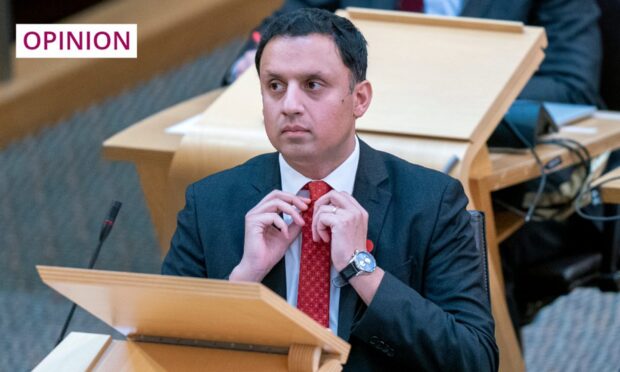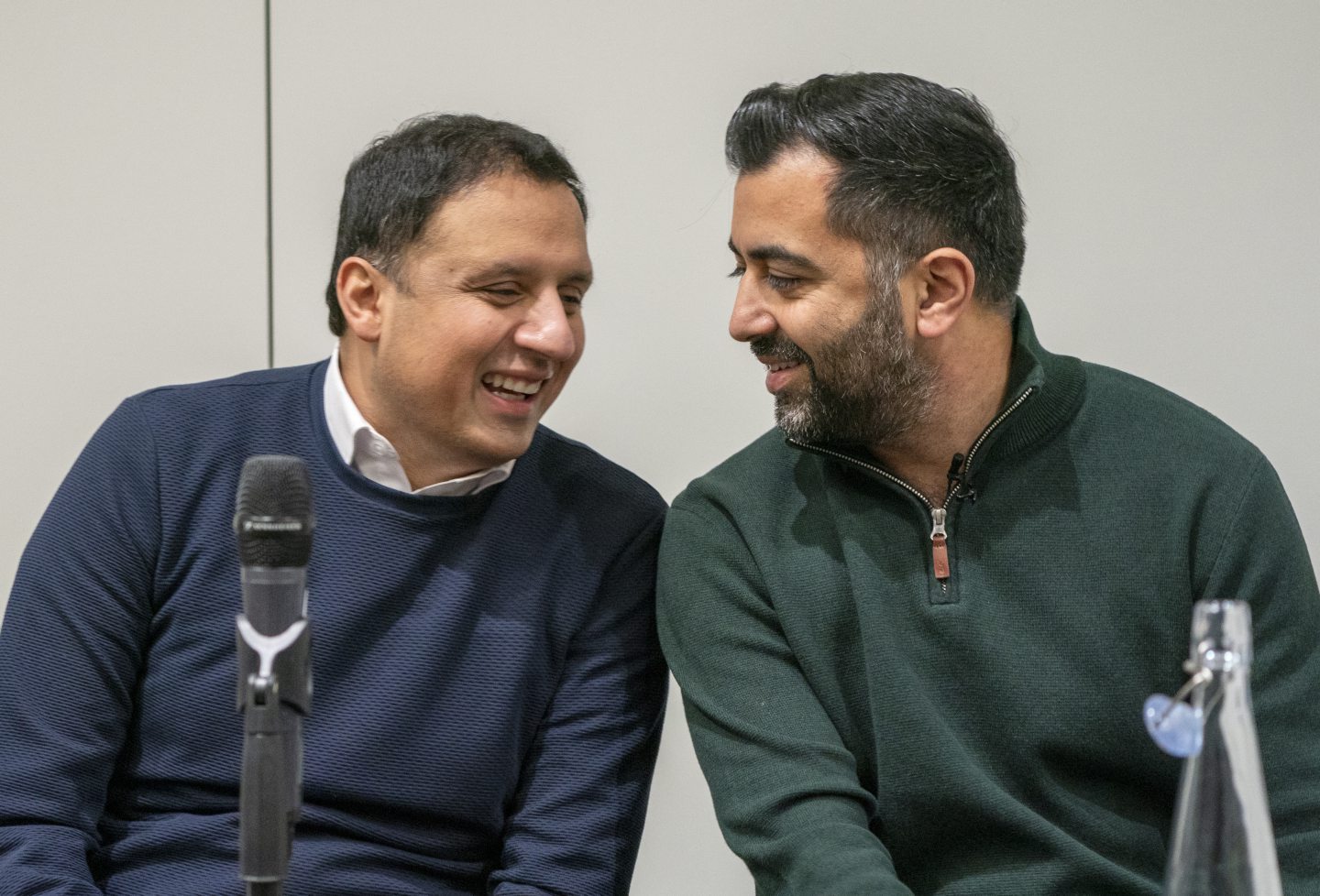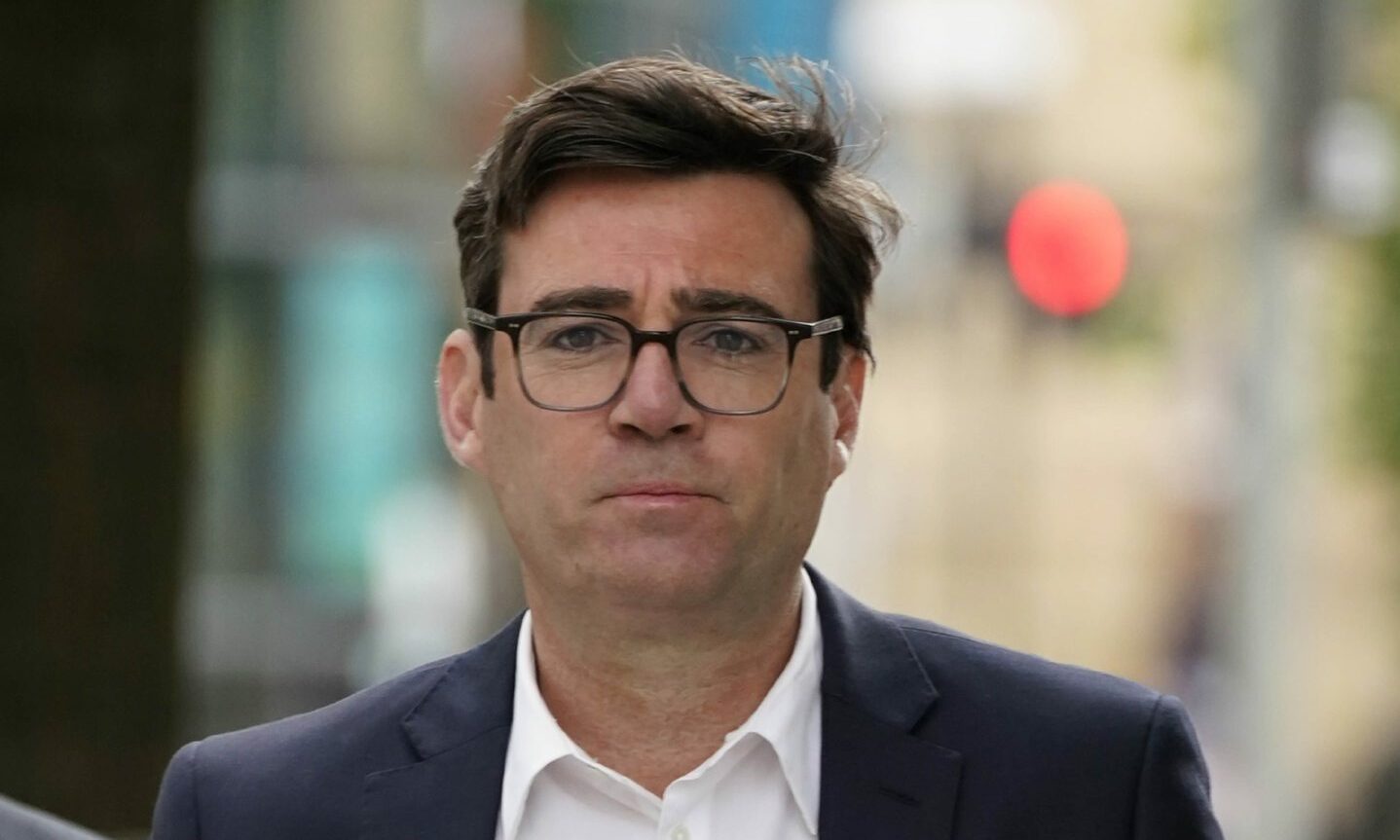Both as a schoolboy and dental student, Anas Sarwar was obsessed with professional wrestling.
Now, as Scotland’s putative next first minister, that passion has been fully rekindled.
This is thanks to his youngest son (he has three, aged 15, 13 and seven), who has become hooked on WWE. “We’ve recently just bought a ring – a toy one, not a full-size one – and do our own Royal Rumbles and Wrestlemania,” the Scottish Labour leader told me when I interviewed him last week. There are occasional full-size tussles on his son’s bed, too, which often lead to Sarwar being thrown painfully to the floor.
As training for the deathmatch that is modern Scottish politics, this seems useful. The head-to-head between challenger Labour and reigning champ SNP is a bruising, binary contest, replete with chokeslams, piledrivers and scorpion deathlocks. There can be only one winner. Victory in this year’s general election and the Holyrood election in 2026 will require mastery of all the moves, plus an occasional willingness to fight dirty.
But, first, the electorate wants to know that Scottish Labour, after so long in the wilderness, is building a programme for government that instils confidence and enthusiasm. People may be increasingly fed up with the Nats, but they need something to vote for, too. Labour, at Westminster and Holyrood, also has a secondary purpose: to show the UK still works for Scotland and so save the union.
Sarwar has a fun side, but he is deeply serious about the task that confronts him. He speaks regularly to business leaders, as do I, as we’ve both been bombarded with complaints about the SNP’s failure to place economic growth at the centre of public policy. Public good, private bad has often seemed like the current administration’s unofficial motto.
The truth is that you can’t build a successful state without a vibrant private economy. This provides the taxes that fund healthy public services, the worthwhile jobs that give meaning to lives, and, of course, success breeds success: if Scotland is demonstrably a dynamic and positive home for investment, more will follow.
‘We have spent the last 17 years selling Scotland to the Scots’
That’s not how things look from the outside right now. High personal taxation and a preference for social tinkering over economic reform send a certain message about Scotland to the world, and it’s not an attractive one.
Sarwar puts much of this down to the SNP’s independence obsession. “We have spent the last 17 years selling Scotland to the Scots and we’ve forgotten how to sell Scotland to the rest of the UK and the rest of the world,” he told me.
“I know how brilliant Scotland is, everyone round our country knows it, but because we’ve had a campaign rather than a government, they have used all their energy to try and create a differentiation around identity with the rest of the UK, rather than using the positives of that different heritage to maximise the opportunities.”
Brand Scotland, the nation’s soft power, remains a meaningful tool among our diaspora. It’s an affinity that should be cultivated and utilised to attract investment. “Instead, we went for the grievance side,” Sarwar said. “This really frustrates me – Scotland has never been an inward-looking, nationalist nation throughout our history. It was a nation that was outward-looking, internationalist, and punched well above its weight, and I want us to go back to being that again.”
Taking inspiration from Andy
On Friday, Scottish Labour will publish a paper setting out plans to fire up economic growth. Sarwar and his colleagues have been particularly inspired by Andy Burnham, Labour’s directly elected mayor of Greater Manchester, who has been using the limited powers of his relatively new office to drive the city forward. “Outside of London, Greater Manchester is attracting the most inward investment and the fastest growth of any part of the UK, nation or region,” Sarwar said. “It has fewer economic levers than we do but they are still managing to do it.”
Food for thought. Scottish Labour intends to adopt and adapt Burnham’s innovations, including an easing of planning restrictions around renewable energy projects, which could be good news for the north-east, a “decluttering” of Scotland’s complex enterprise network so that potential investors have a simpler route to finding support, and an integrated skills and work system, which would ensure college education is geared to meeting employment opportunities.
Government’s role should be to take an overview, develop and manage the investment pipeline, and use its convening power “to get people round the table, break down barriers, and deliver economic growth.”
On income tax, where every Scot earning more than £28,500 pays more than they would elsewhere in the UK, Sarwar promised to “reduce the tax burden for working people”, and also to fix the “completely broken” system of business rates.
It’s too early to say whether Sarwar and Labour will find themselves in a position to turn theory into practice, but the signs are positive
And on immigration, more of which is desperately needed to address our ageing population and its projected shrinking workforce, he wants to create “Fresh Talent 2” – a new version of the scheme pursued by former first minister Jack McConnell that allowed foreign students to remain in Scotland for longer if they could find a job.
It’s too early to say whether Sarwar and Labour will find themselves in a position to turn theory into practice, but the signs are positive. And if these proposals force the SNP to step up on the economy as Scotland’s Royal Rumble gets underway, we all stand to win.
Chris Deerin is a leading journalist and commentator who heads independent, non-party think tank, Reform Scotland



Conversation